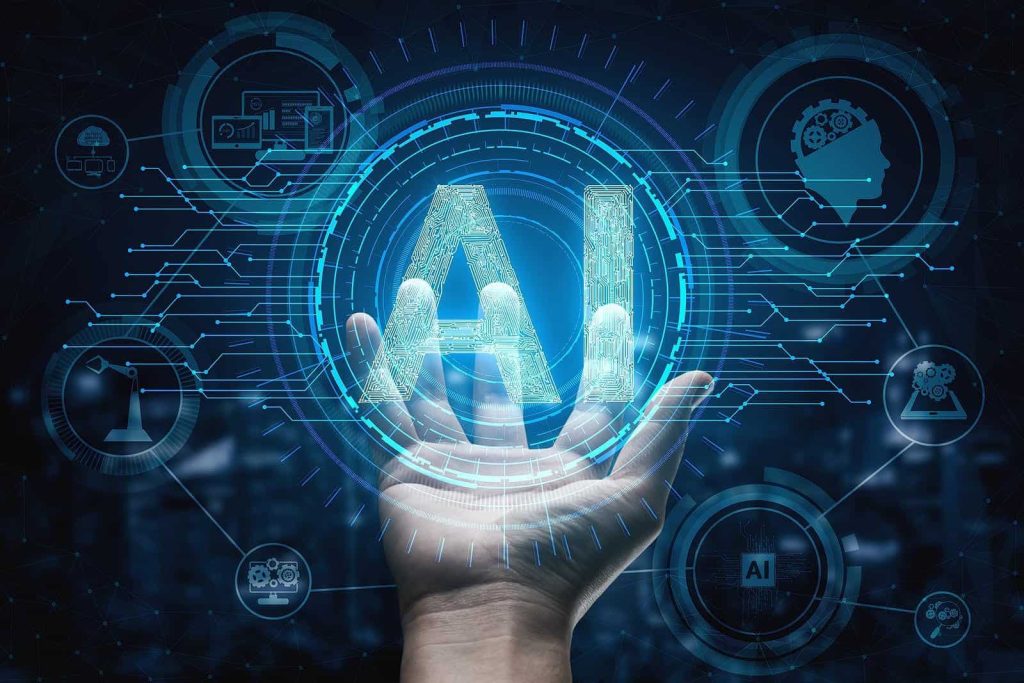What Is Artificial Intelligence (AI)?
Artificial Intelligence (AI) is the broadest concept. It refers to machines or systems that are designed to perform tasks that normally require human intelligence—like problem-solving, decision-making, or understanding natural language.
- Examples: Virtual assistants like Siri or Alexa, spam filters in email, or recommendation systems on Netflix.
- Think of it as: The overall “field” that aims to make machines smarter.
What Is Machine Learning (ML)?
Machine Learning (ML) is a subset of AI. Instead of being explicitly programmed to follow strict rules, ML systems “learn” from data. They look for patterns, make predictions, and improve over time with more information.
- Examples: Predicting house prices, detecting fraud in banking, or showing personalized ads.
- Think of it as: A practical way to achieve AI by letting systems learn from experience (data).
What Is Deep Learning (DL)?
Deep Learning (DL) is a further subset of machine learning. It uses artificial neural networks inspired by the human brain. These networks are especially powerful for handling large amounts of complex data like images, video, or speech.
- Examples: Self-driving cars recognizing stop signs, voice assistants understanding spoken commands, or image recognition on social media.
- Think of it as: A specialized tool inside ML that uses layers of neural networks to solve more complex problems.
How They’re Related
Here’s a simple way to visualize it:
- AI is the big umbrella concept—making machines act smart.
- ML is a way to achieve AI—teaching machines with data.
- DL is a special technique within ML—using neural networks for advanced learning.
Comparison Table: AI vs ML vs Deep Learning
| Aspect | Artificial Intelligence (AI) | Machine Learning (ML) | Deep Learning (DL) |
|---|---|---|---|
| Definition | Broad field of making machines “intelligent” | Subset of AI where machines learn from data | Subset of ML using neural networks with many layers |
| Goal | Simulate human intelligence | Find patterns and make predictions | Solve complex tasks like vision and speech |
| Data Requirement | Can use rules + data | Needs structured data | Needs massive amounts of structured & unstructured data |
| Examples | Chatbots, expert systems, smart assistants | Spam filters, recommendation systems, fraud detection | Self-driving cars, facial recognition, voice assistants |
Why It Matters
Understanding the differences between AI vs ML vs deep learning helps you see how technology is shaping our lives. For example:
- AI sets the vision: building intelligent systems.
- ML provides the methods: letting machines learn from data.
- DL powers the breakthroughs: enabling computers to recognize images, speech, and even generate realistic text.
Final Thoughts
Think of it like this: AI is the entire universe of smart machines, ML is one galaxy inside that universe, and DL is a planet within that galaxy. Each layer gets more specific but also more powerful in certain areas.
The next time you hear about AI vs ML vs deep learning, you’ll know exactly how they fit together—and why they matter for the future of technology.


